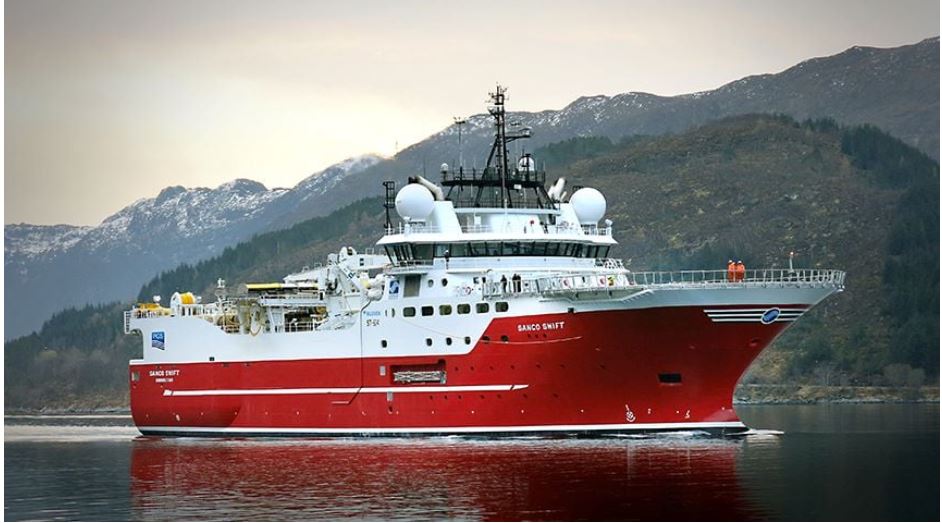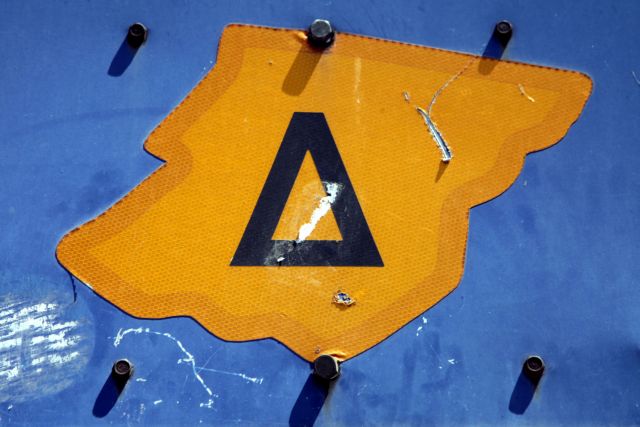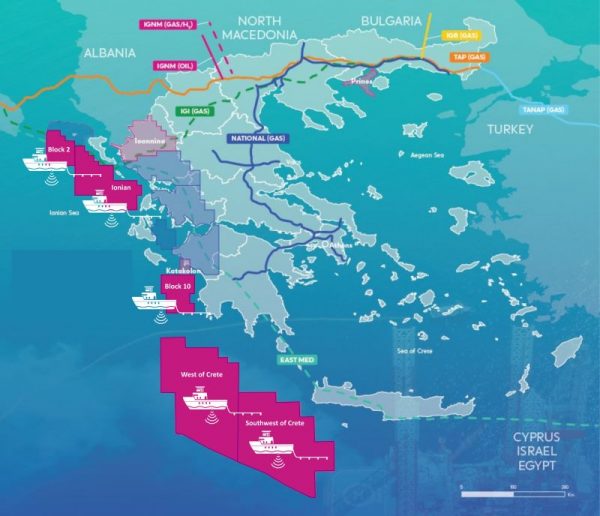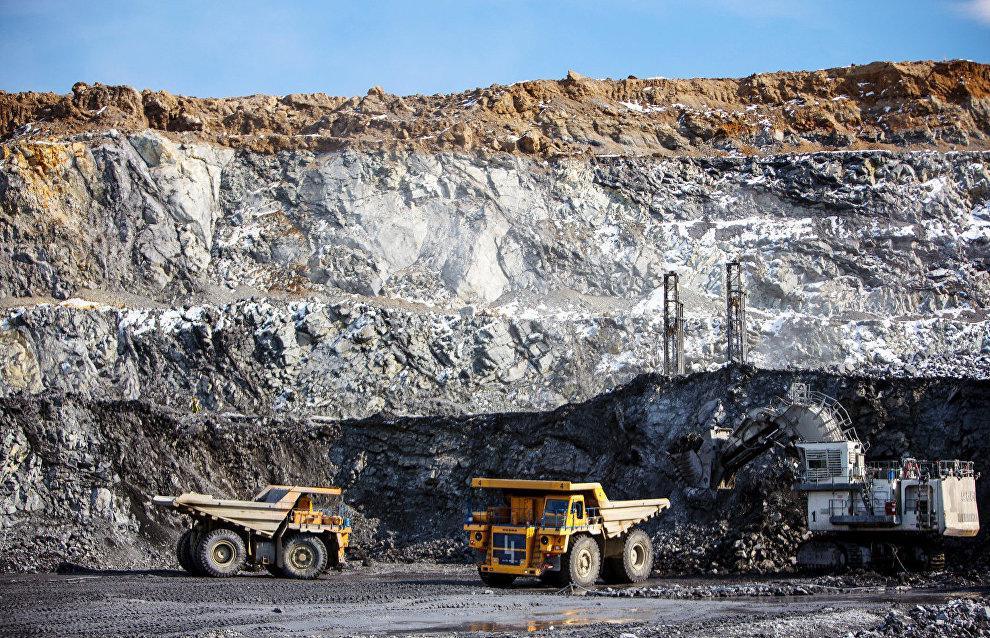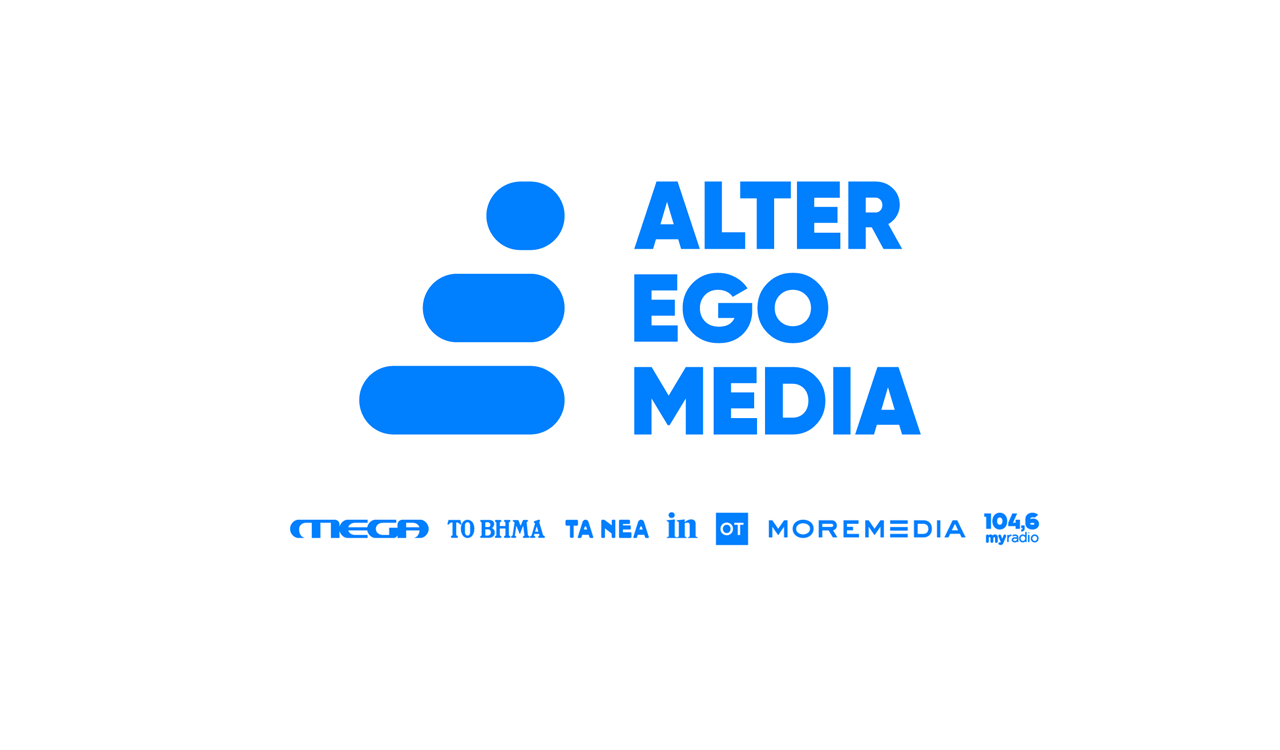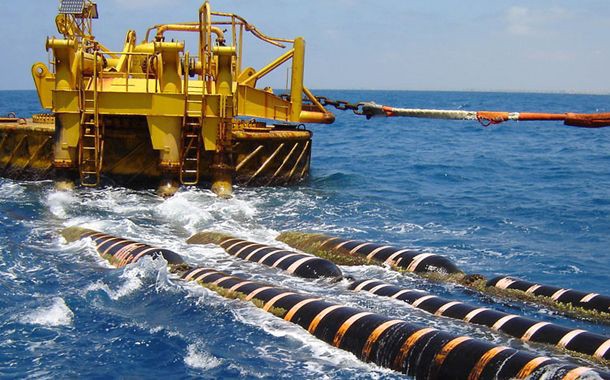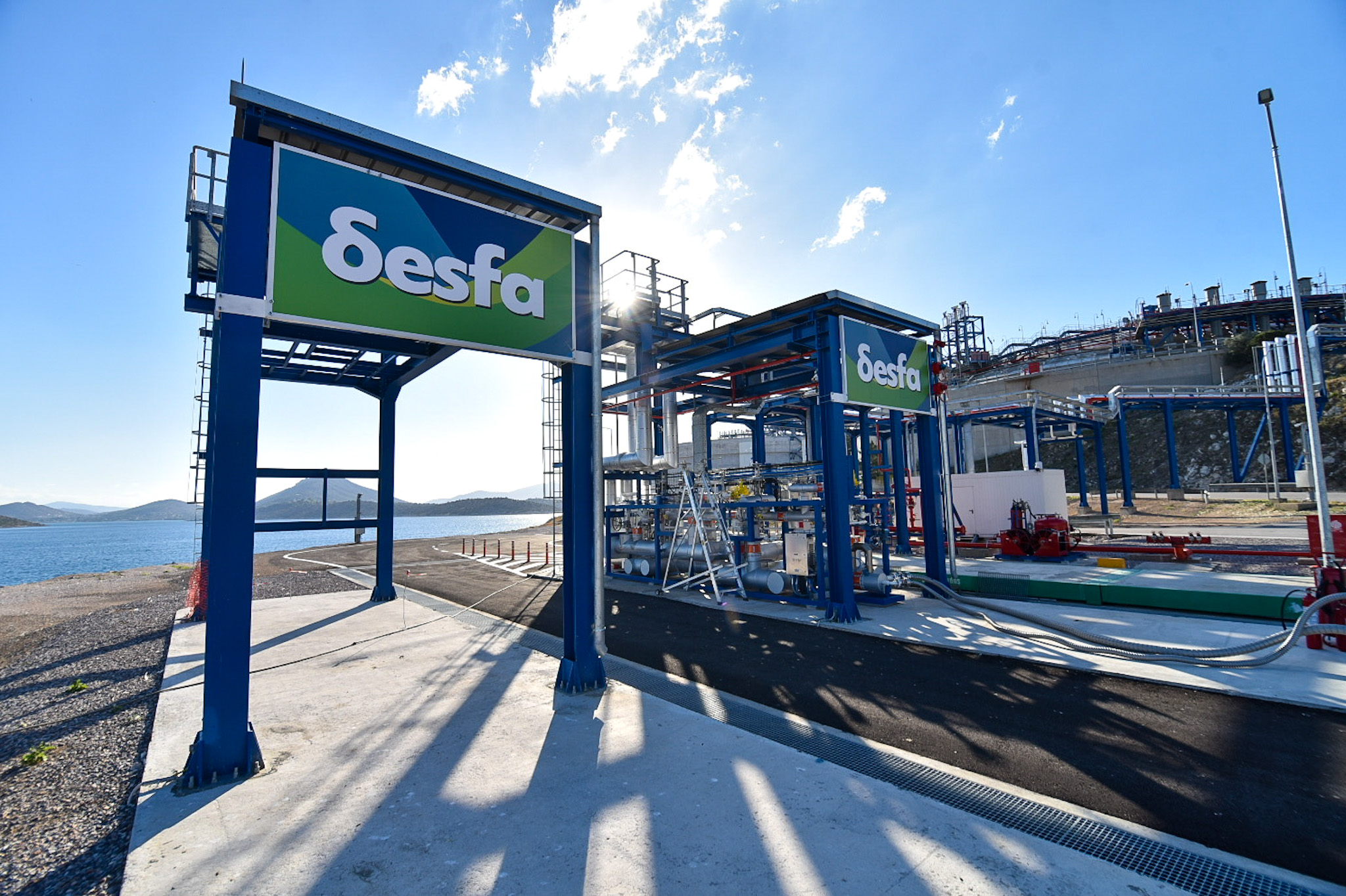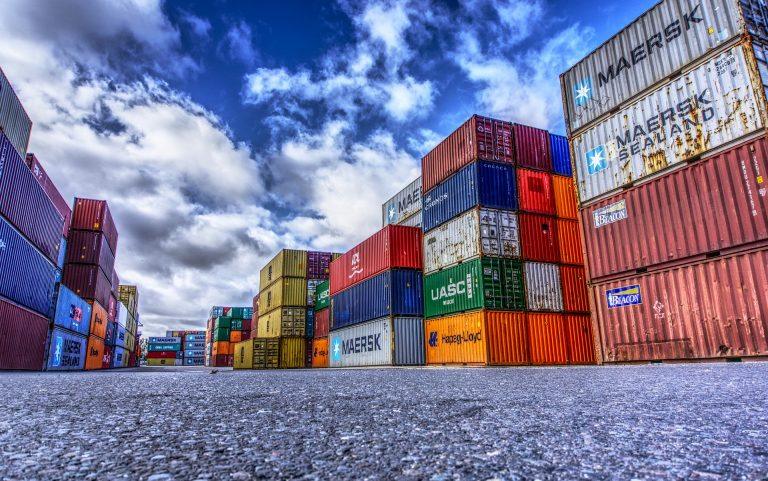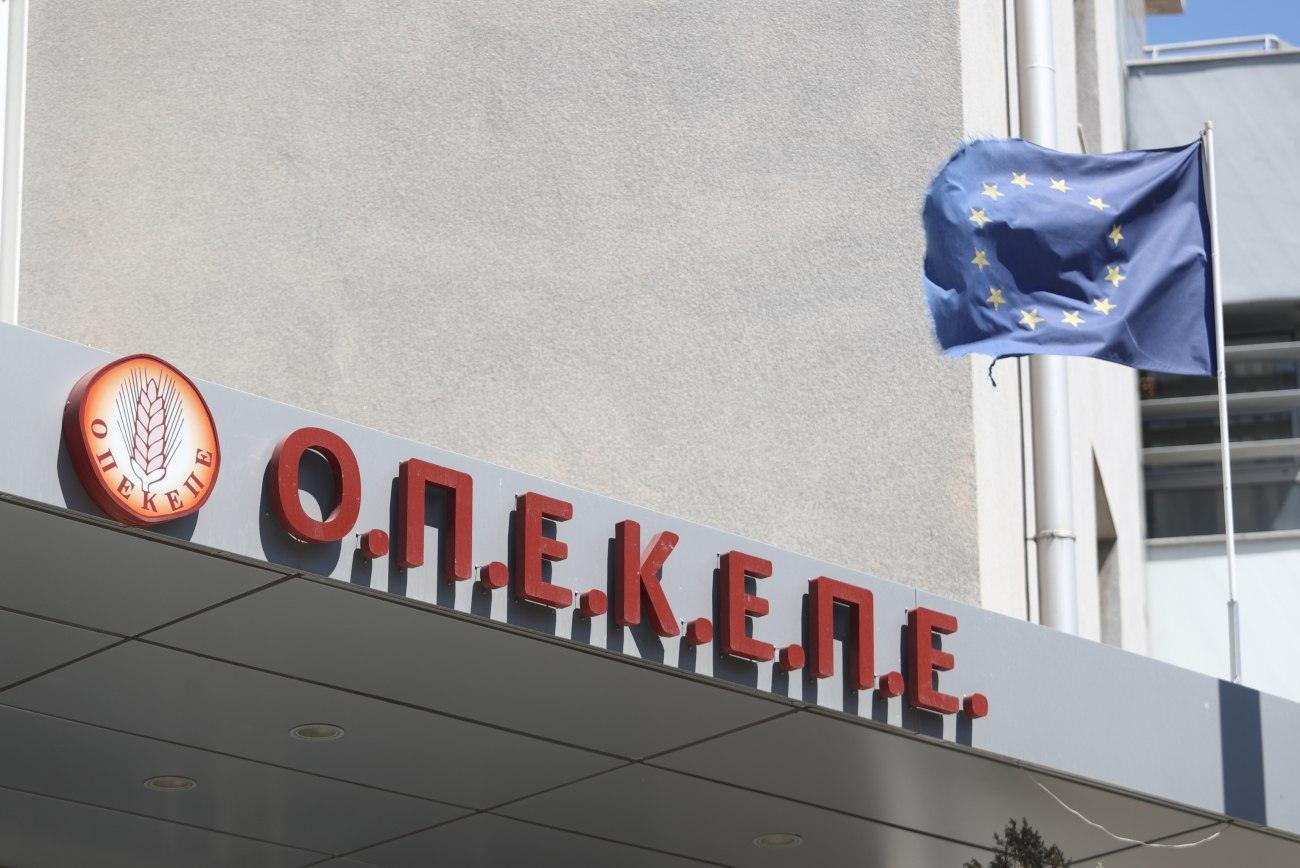Time is counting down for the “ExxonMobil – Helleniq Energy” joint venture to complete the seismic surveys for the identification of hydrocarbon deposits in the marine concessions of Crete.
According to information, the special seismographic vessel Sanco Swift of the Norwegian company PGS, which is carriying out on behalf of the ExxonMobil – Helleniq Energy joint venture the work in the “West” and “Southwest of Crete” marine blocks, will complete the research program by February 20.
Bad weather
However, the special survey vessel had stopped working these days due to the extreme weather conditions. According to sources, the waves were up to 7.5 meters high. The turbulence causes vibrations in the hydrophones of the cables laid by the ship for the seismic surveys.
On schedule
According to information, the Sanco Swift moved within the objectives of the schedule set by the ExxonMobil – Helleniq Energy joint venture and in fact the mild weather conditions prevailing since November contributed to the coverage of a large part of the survey program.
The completion time of the work is estimated, as mentioned above, around February 20. It will depend on how much the schedule has been pushed back by the interruption of the boat’s itinerary due to bad weather.
Data
According to information, the ExxonMobil – Helleniq Energy joint venture collects almost twice as much, in relation to the minimum contractual obligation, two-dimensional seismic data from the subsoil of the sea plots of Crete.
According to information, both in the area of the “Southwest of Crete” block, which amounts to 19,868 square kilometers, and in the second block of 20,058 square kilometers “West of Crete”, works are being carried out to acquire two-dimensional geophysical seismic data of approximately 13,000 kilometers. The minimum contractual obligation that the consortium had was to acquire seismic data of 3,250 km from each concession, i.e. 6,500 km.
The next stage
The next steps of the consortium are now the processing of the seismic data.
If these are satisfactory and clear in identifying potential targets, then it is not out of the question, as the information says, that test drilling will come closer around the end of 2024.
If acquisition of 3D seismic data is also required, then ExxonMobil will return for these and test drilling is expected around 2025.
